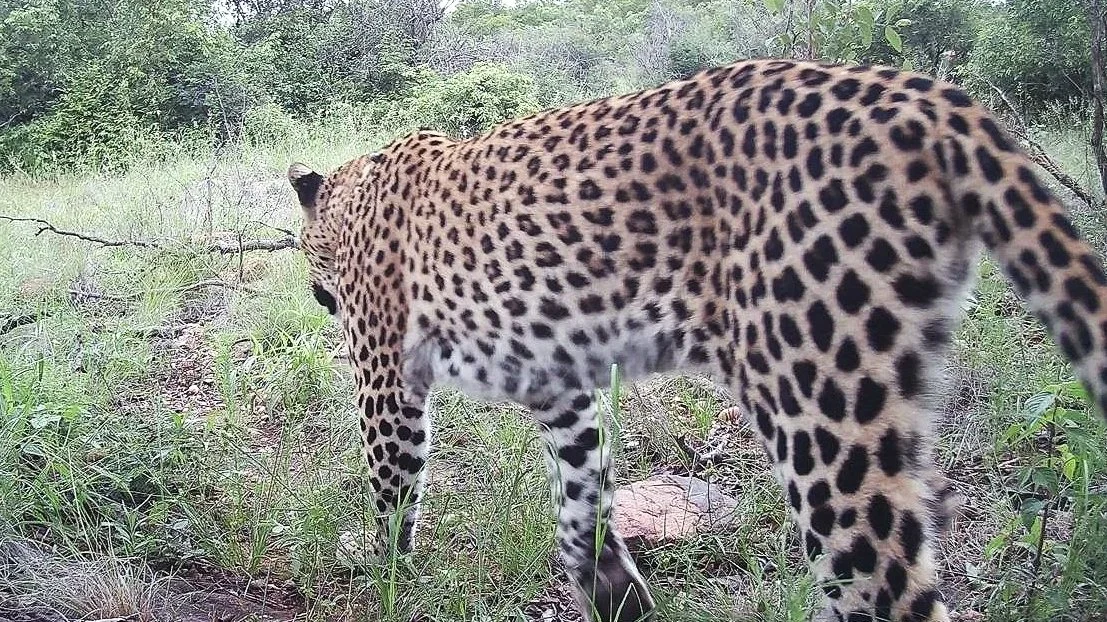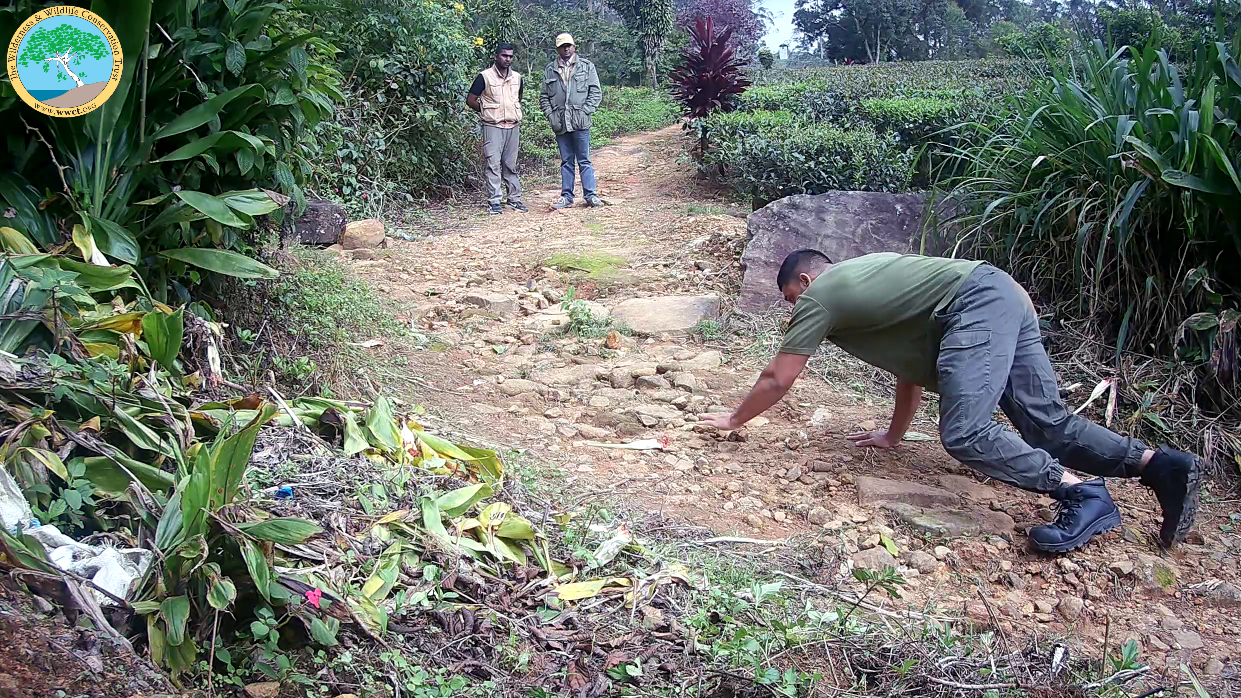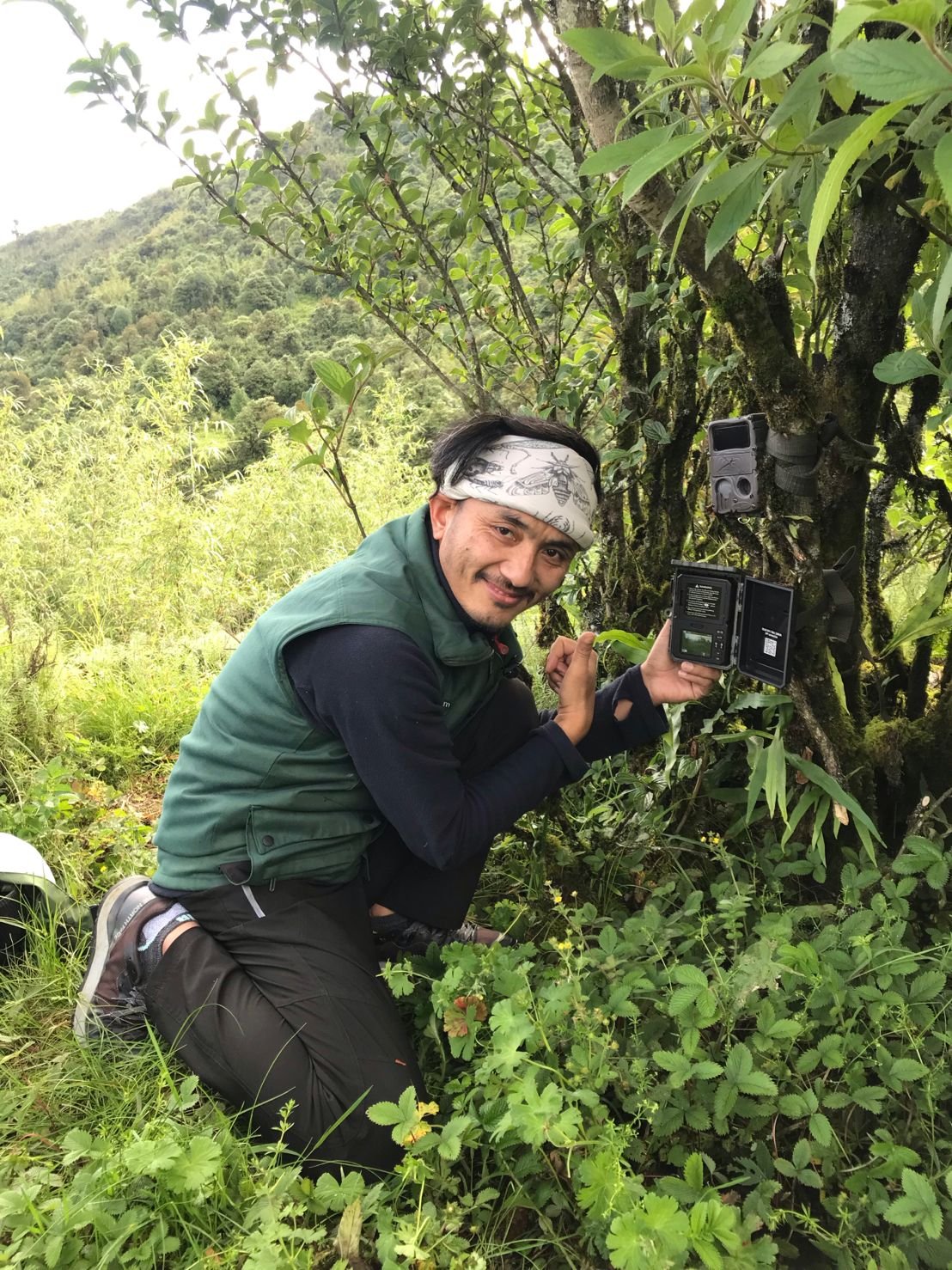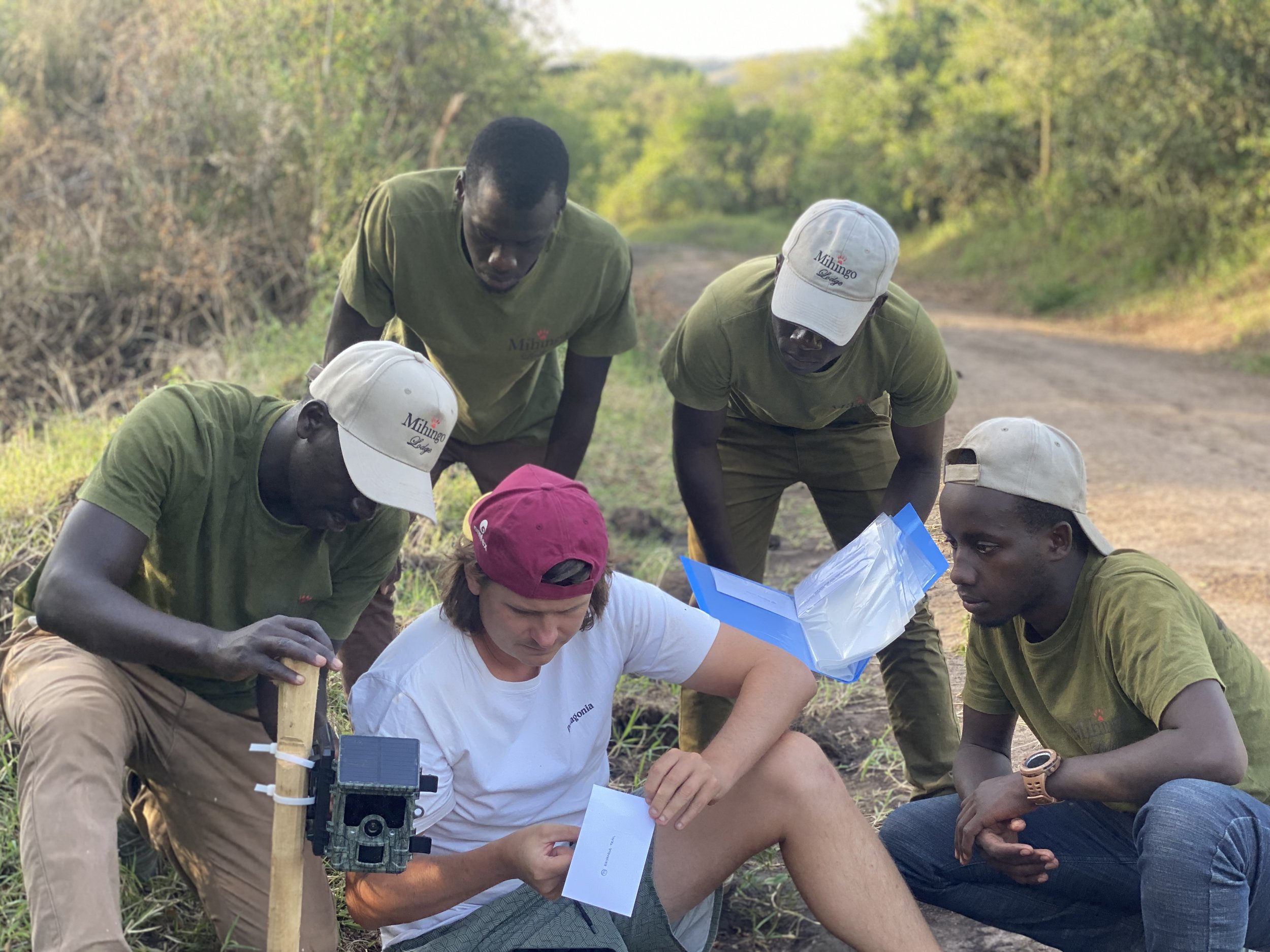OUR SOLAR POWERED TRAIL CAMERAS ARE MONITORING WILDLIFE EVERYWHERE FROM TURKMENISTAN TO NEPAL. HERE IS WHAT SOME OF OUR CLIENTS HAVE TO SAY.
WHAT PEOPLE ARE SAYING ABOUT SOLARIS
-

Vanessa Herranz - Cambodia 🇰🇭
The Fishing Cat Ecological Enterprise team and partners spend long days on boats and kayaks, climbing on mangrove roots and wading through mud to deploy SOLARIS cameras to monitor and protect Fishing Cats, Hairy-nosed Otters and other threatened species in their very wet and impenetrable mangrove habitats. We are happy to report that so far the Solaris cameras have resisted the very high humidity and salinity of the mangrove environment, and provided amazing photos and videos of our target species.
-

Kristie Gill - South Africa 🇿🇦
The solar-powered Weapon 4K units allow us to monitor even the most remote sites efficiently, without worrying about weekly battery replacements, which negatively affect wildlife presence. SOLARIS cameras are helping us to identify potential wildlife corridors and guide future conservation planning in the Waterberg Biosphere region.
-

Andrew Kittle (WWCT) - Sri Lanka 🇱🇰
We have now been running SOLARIS for > 3 months in the Central Highlands and so far so good! The batteries have been excellent with no need to replace the backup AAs. This is especially impressive as we have had a lot of grey and very rainy conditions up there so good sunlight has been at a bit of a premium. We run them on video mode as that has better overall clarity for individual IDs, so it is time consuming to go through the images, but the quality is good. I was also nervous about the seals as again; the weather has been pretty atrocious with many days of hours of fine rain which seems to get into everything. However, I've been really impressed with this so far too. No issues at all.
-

Petra Kaczensky - Mongolia 🇲🇳
We deployed the SOLARIS cameras at 40 waterpoints in the Mongolian Gobi since end of July and now have 2 months of pictures and experience. The images are amazing, and the quality is great – both day and night. The protected area staff are super motivated, and we are gathering interesting data on water point visitation of different species and interactions among wildlife and between wildlife and livestock.
-

Christopher Cambrone - Guadeloupe 🇬🇵
We have tested SOLARIS camera traps in Guadeloupe, alongside our current model that operate with lithium batteries. We found no significant difference in terms of species detection between the two models. Our main concern with the SOLARIS cameras was their solar charging efficiency in tropical forests, where direct sunlight is often limited. However, during 14-day deployments, the cameras performed very well, showing only a 10–20% battery loss, depending on the site. Before deploying them in the field, we charged the batteries by exposing the cameras directly to sunlight for one or two full days. Currently, our SOLARIS cameras are being used in Haiti and the Dominican Republic to monitor Ricord’s Rock Iguana nests and invasive mammals in arid ecosystems.
-
Max Rau - Paraguay 🇵🇾
We've been using these trail cameras as part of our Global Woods carbon projects for a while now, and we're more than satisfied! Thanks to the built-in solar panels, they run completely independently — no worries about battery life at all. Great image quality, and the cameras are well-camouflaged, blending perfectly into their surroundings. They've even survived multiple encounters with curious cows and monkeys. Big shout-out to Alex for the amazing support — it's been a pleasure working together!
-

Nicolas Martinez - Switzerland 🇨🇭
Jack Snipes (a type of wader bird) are notoriously difficult to study due to their exceptional camouflage, nocturnal habits, and a flush distance of less than 2 meters. As a result, very little is known about their behaviour. I employ a combination of SOLARIS cameras and a thermal camera to study the behaviour of the species in a traditional wintering site in France. The SOLARIS cameras perform exceptionally well: they operate flawlessly, reliably capturing these small birds (30-70 g each), and provide high-quality images both at night and during the day. Thanks to the videos, we not only observe their behaviour but also get to hear the sounds they make.
-

Hans Bauer & Serge Kamgang - Cameroon 🇨🇲
The Solaris CT combine excellent quality with low price and low maintenance, perfect for remote locations where changing batteries is expensive and protection from theft is imperfect. In Cameroon, they perform very well, we are getting good images of lions, leopards and spotted hyaenas. Our ‘lion guards’ also find them easy to operate, no particular training required.
-

Sonam Tashi - Nepal 🇳🇵
The trial of the SOLARIS wildlife camera designed and tested by Alexander Braczkowski has been great. This wildlife camera has 4K video quality and exciting features with a very easy to use setup. I personally found setting of rival Cuddeback camera traps unhandy. We were fortunate to capture exciting photos/videos on our first test night.
-

Simon Chamaillé-Jammes - South Africa 🇿🇦
Researchers from the CNRS, the French largest research agency, have recently set-up a grid of over 80 Solaris cameras in the Hluhluwe-iMfolozi Park, South Africa. Done in collaboration with Ezemvelo KZN Wildlife, the Park's managing institution, and Wildlife ACT, a South African non-profit conservation organisation in KZN, this program intends to describe changes in the large mammal community (e.g. lions, elephants, wildebeest...) at various spatial and temporal scales. The Solaris cameras are proving to be very effective in the field, with great picture quality including at night, and with very limited, if any, battery power use. The bonus point is for having all this and a great customer service." Simon Chamaillé-Jammes, CNRS project leader.
-

Simon Morgan - South Africa 🇿🇦
Cameras have been doing great thanks, very happy with them! I even had one drown with a rising river over night, but have managed to revive it and its up and running again! Some of the night time and perhaps fixed focus distances is beyond most of the animals captured, yet during the day does ok.
-

Richard Peel - Zambia 🇿🇲
We’ve had a couple cameras knocked down by elephant and one chewed by hyena but remarkably all still working. The screen of one camera was broken but I think we are still able to set it up using the app. Overall, very happy with the image quality. Has greatly improved the proportion of rhino that we are able to ID from nighttime pics.
-

Fabian Schmidt-Pramov - Germany 🇩🇪
At Biometrio Earth we deliver AI-powered biodiversity assessments integrating data from remote sensing, wildlife cameras, and acoustic monitoring. While we focus on the data analytics our clients and partners manage the on-the-ground data collection and deploy wildlife cameras and other sensors. Our clients have already deployed SOLARIS trail cameras in Central America, Africa, South-East Asia and Europe and are all very positive about their experiences. The camera performs very well under various climatic conditions and our clients like the high-resolution image and video quality, the durable and weatherproof design, Intuitive user interface and easy setup. What they like most of all is the internal solar-powered battery which saves them a lot of money and effort in changing batteries bringing down their monitoring costs. The solar panel generates sufficient power even in dense tropical forests. Overall, the SOLARIS camera delivers great-value-for money.
-

Robert Long - USA 🇺🇸
The cameras seem solid and well-made…certainly much higher quality than any of the other cameras I’ve used beyond Reconyx. Similarly, I like the switches, buttons, and closure…very nice! The solar panel seems to gather sufficient energy, even in our Pacific Northwest forest, to keep the cameras functioning. Our backyard is mostly dense conifers, and one of the cameras is in the trees, and I never even installed batteries. I am generally pleased with the images, although I really have just flicked through them and haven’t done any side-by-side comparisons with other camera outputs. Daytime color photos, particularly, look quite good. The IR illumination seems generally good, but does drop off considerably to the left and right side of the camera view. Also, occasionally an animal right in the middle is blown-out a bit.
-

Omkar Patil - India 🇮🇳
Camera traps can be considered as a key instrument for wildlife conservation through research. Along with understanding the behavior, movement patterns, spatial-temporal distribution etc. it also gives us a snapshot of an animal's life. The SOLARIS trail cameras have been an absolute delight to use in the field. For a field ecologist, the video & image quality matters a lot, this coupled with the ease of use along with super support adds to the cherry on top. Personally, I fully endorse the use of the SOLARIS camera traps.
-

Kofi Amponsah Mensah - Ghana 🇬🇭
Most of the cameras were still indicating full battery power even after 45 days and there were a few that we accidentally did not supply with batteries but even those did not fail and ran perfectly without any problems. The cameras seem quite robust as well and sturdy.Overall I must say that the cameras work well and are a great bargain and value for money.
-

Zoe Bonerbo - USA 🇺🇸
The 3 Solaris Weapon 4k cameras we put out have been working great! They're super user friendly and captured images clearly. The range is also impressive. There are tiny mice in the background and movement even behind bushes that the PIR/motion sensors pick up on. The solar panels charged very well. We had snow and ice while the cameras were out and the charge barely dropped. I also used the app to view photos on my phone. Getting the app to connect initially was not the most intuitive and a bit tricky, but once it was set up the bluetooth connection worked very well. Compared to the $600 cameras like Reconyx we've bought before, the quality of the Solaris is absolutely just as good if not better for research purposes.
-

Ross De Bruin - Saudi Arabia and Zambia 🇸🇦
I bought myself a few SOLARIS Weapon 4K trail cameras. I am very impressed with the performance, and the best part is they are solar powered. I haven’t used a single battery in the few months that I’ve been using them. Image quality is great and the IR lighting in night shots is more than sufficient. All of this at a very competitive price point, would definitely recommend them!
-

Tatjana Rosen - Turkmenistan 🇹🇲
Working on leopards in remote mountains the quality is really good and the camera is currently working fully on solar (and is still on 100% power). Also when setting the camera battery it was only 65% but quickly went to 100%.
-
Keigo Sakaino - Japan 🇯🇵
The SOLARIS has been working smoothly without any issues so far. The Japanese summer is notorious for its high temperatures and humidity. Despite these conditions, the camera hasn't shown any signs of malfunction, which is impressive. The resolution of the SOLARIS is also commendable, and I'm quite satisfied with it. Given my overall satisfaction, I am considering making additional purchases in the future.
-

Arata Honda - Costa Rica 🇨🇷
I had the amazing opportunity to test out the Solaris camera traps in the canopy at Piro biological station in Osa Conservation Area in Costa Rica. Over the course of two weeks, all cameras tested went up 15-20% on the internal solar-powered battery (without the use of any of the external AA batteries). This, combined with the fact that they have wireless transfer capabilities and allow up to 128gb cards presents many unique opportunities for long-term studies and monitoring, especially in the canopy. The next step is to see how these cameras go with humidity and creepy crawlies (ants/spiders) that can get up in the camera, but a bit of silicon and anti-fog (if necessary) should do the job.
-

Howard Frederick - Tanzania 🇹🇿
We’ve been testing a couple of the SOLARIS camera traps in woodlands in southern Tanzania, and the image quality and solar charging are really impressive, even in the shade. For positioning cameras longer term without regular attention, the solar and large storage capability are perfect.


